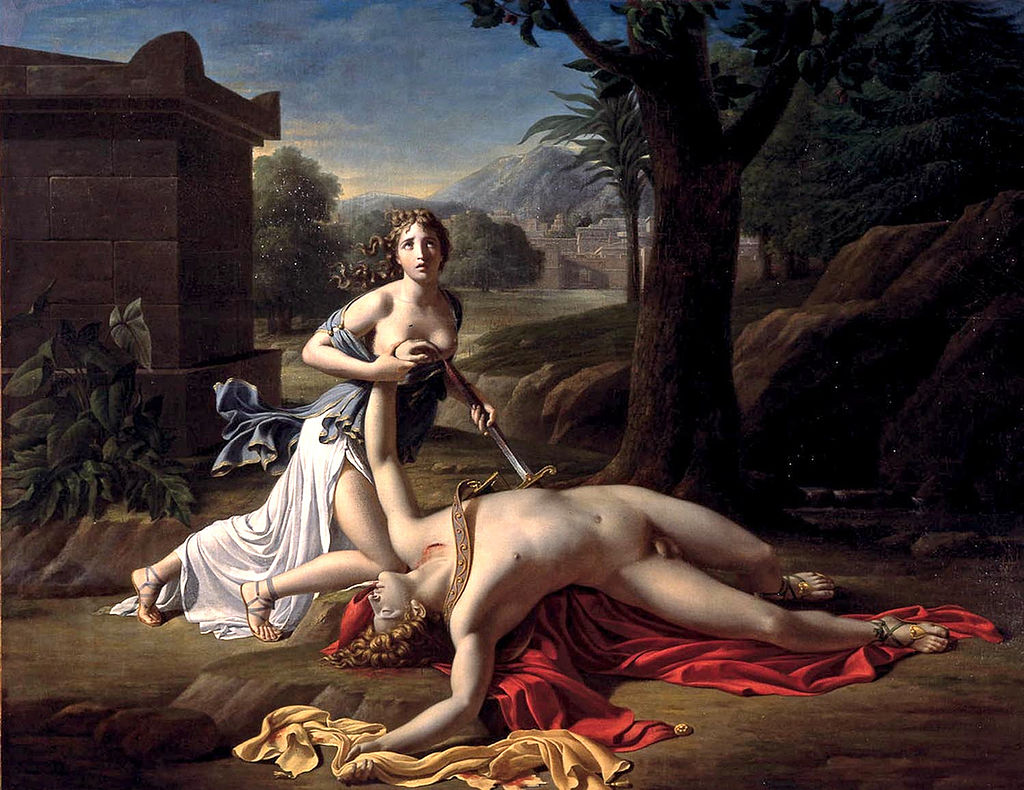
Ancient myths can capture our imagination and emotions with their timeless tales. For instance, picture an ancient Babylonian night, under the shade of a mulberry tree, where a heartbroken Pyramus finds the torn cloak of his beloved Thisbe, stained with blood and torn by a lioness. He believes she is dead, and in his despair, he plunges his sword into his chest, dying beside her cloak.
Moments later, Thisbe returns from her hiding place, only to discover her lover’s lifeless body. She kisses him farewell, and then stabs herself with the same sword, joining him in death. Their blood seeps into the roots of the mulberry tree, turning its white fruits into a dark purple. This is one of the most tragic tales of ancient myths, and it has inspired poets and playwrights for centuries. But why?
The Tragedy of Oedipus: How Ancient Myths Unveil Human Nature and Emotions
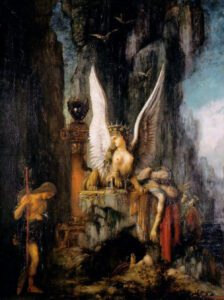
by Gustave Moreau
A mysterious curse plagues the ancient city of Thebes, where King Oedipus reigns. He solved the Sphinx’s riddle and ascended the throne, unaware that he had fulfilled a prophecy that said he would kill his father and marry his mother. The city initially flourished under his rule, but soon a curse – a punishing blight – gripped its populace. The answers lay hidden in the dark recesses of Oedipus’s past.
Oedipus, ever the truth-seeker, relentlessly pursued the cause of Thebes’s suffering. But in his fervent quest, he stumbled upon a horrifying truth: he had indeed killed his father in a previous encounter and subsequently married his mother, Jocasta. This revelation shattered not just Oedipus, but the very foundations of Theban society.
Today, the tale of Oedipus resonates as a cautionary tale about the perils of hubris and the inevitable nature of fate. It challenges us to reflect on our own understanding of identity, destiny, and the often tragic consequences of unearthing uncomfortable truths.
The Wisdom of the Bhagavad Gita: How Ancient Myths Unravel Universal Truths and Philosophies
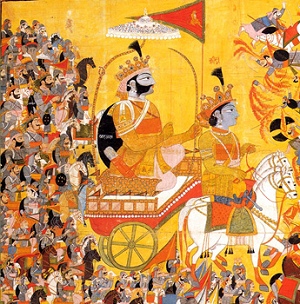
c. 1820
On the vast plains of Kurukshetra in ancient India, two armies poised for battle, representing both familial ties and deep-seated enmities. Amidst the chariots, elephants, and warriors stood Prince Arjuna, torn between duty and morality. His opponents were not foreign enemies but his own relatives, beloved teachers, and longtime allies.
Frozen by moral dilemma and sorrow, Arjuna contemplated abandoning the battle. At this crucial juncture, his charioteer, Lord Krishna, intervened, offering a discourse on duty, righteousness, and the nature of life and death, which became the Bhagavad Gita. Through their conversation, Arjuna’s perspective on his duty as a warrior and his role in the larger cosmic order was transformed.
This ancient dialogue between deity and mortal delves into questions that continue to perplex humanity. In our modern world, fraught with moral quandaries and choices, the Bhagavad Gita serves as a guide, illuminating the path of righteousness and the importance of fulfilling one’s role in society.
Odysseus’s Perilous Voyage Home: How Ancient Myths Lure Us into the Heroic Journey
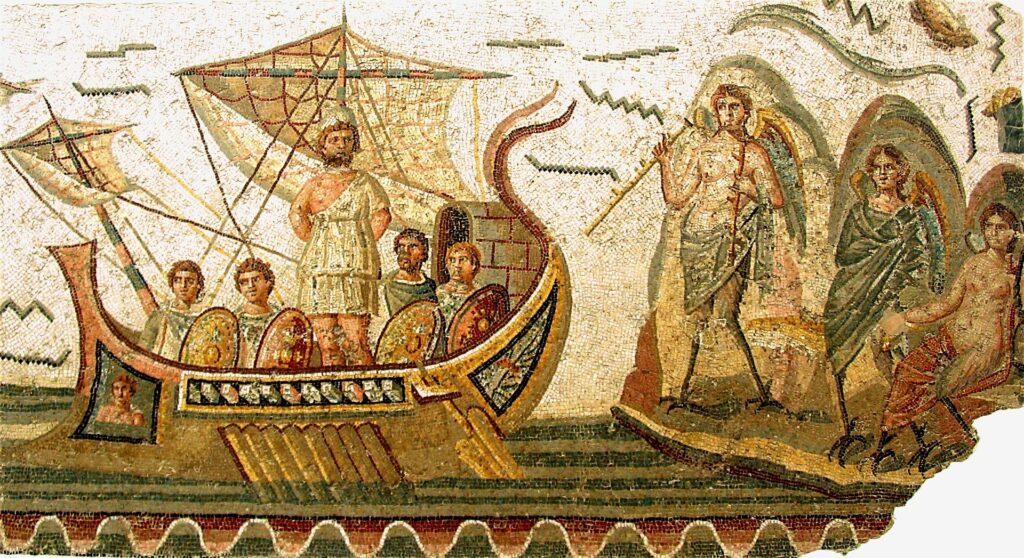
After the fall of Troy, the wily Greek hero Odysseus embarked on what should have been a short journey back to Ithaca. But the Mediterranean Sea, with its azure waters, held both wonders and treacheries. The gods, angered by Odysseus’s pride and actions during the Trojan War, decreed that his voyage home would be anything but straightforward.
Odysseus faced trials that tested every fiber of his being. From the enchanting but deadly song of the Sirens to the wrath of the cyclops Polyphemus, from the sorcery of Circe to the tempting offer of immortality from the nymph Calypso, Odysseus’s journey became a decade-long ordeal. Yet, with wisdom and perseverance, he overcame each obstacle, driven by the desire to reunite with his wife, Penelope.
Today, Odysseus’s journey serves as a metaphor for life’s unpredictable challenges and the resilience of the human spirit. His adventures remind us that determination, wit, and a bit of divine favor can help us navigate life’s stormiest seas, making our way back to our own “Ithacas.”
The Love and Loss of Osiris and Isis: How Ancient Myths Reveal the Culture and Beliefs of Ancient Egypt
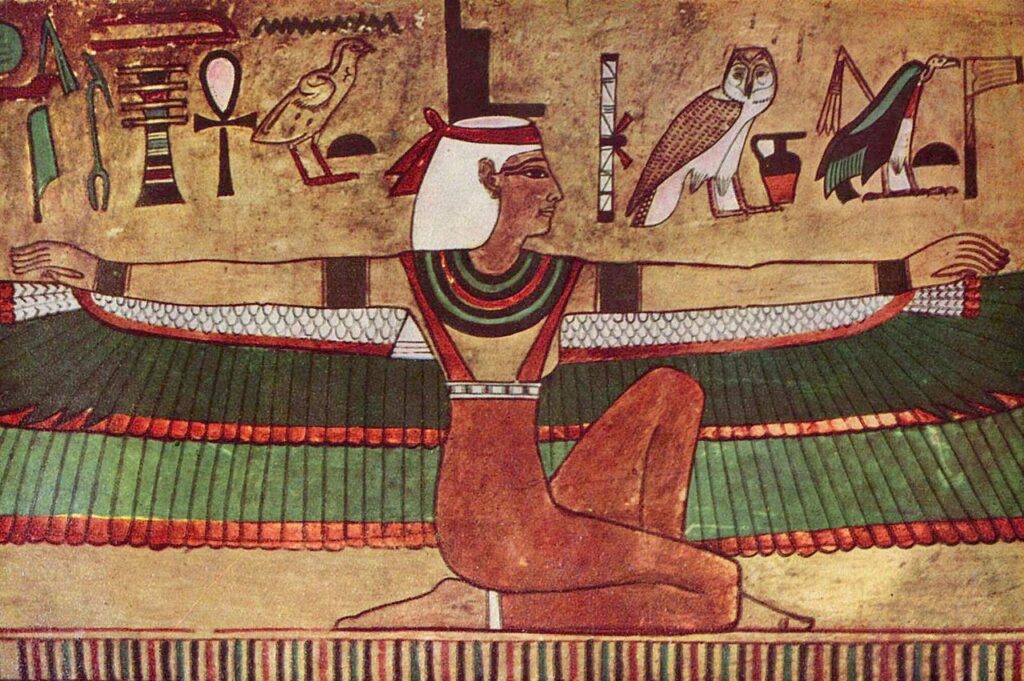
In the heart of ancient Egypt, along the life-giving Nile, a tale of love, betrayal, and resurrection played out among the deities. Osiris, the benevolent god-king, ruled harmoniously, but his reign was coveted by his jealous brother Set. Isis, Osiris’s loyal consort, was revered as the mother goddess, a beacon of love and protection.
Set, consumed by envy and ambition, hatched a plan to eliminate Osiris. Using guile, he trapped and killed his brother, scattering his body pieces across Egypt. But Isis, undeterred by despair, embarked on a quest to retrieve every part of her beloved. With magic and determination, she not only found the scattered pieces of Osiris but also resurrected him, albeit briefly.
The saga of Osiris and Isis, more than a divine soap opera, offers modern readers a rich tapestry of ancient Egyptian beliefs about life, death, and the cycles of nature. Their enduring love story, intertwined with themes of loyalty, betrayal, and hope, reminds us of the transformative power of love and the eternal dance between life and death.
The Historical Underpinnings of Troy: How Ancient Myths Inspire the Continued Quest for Discovery
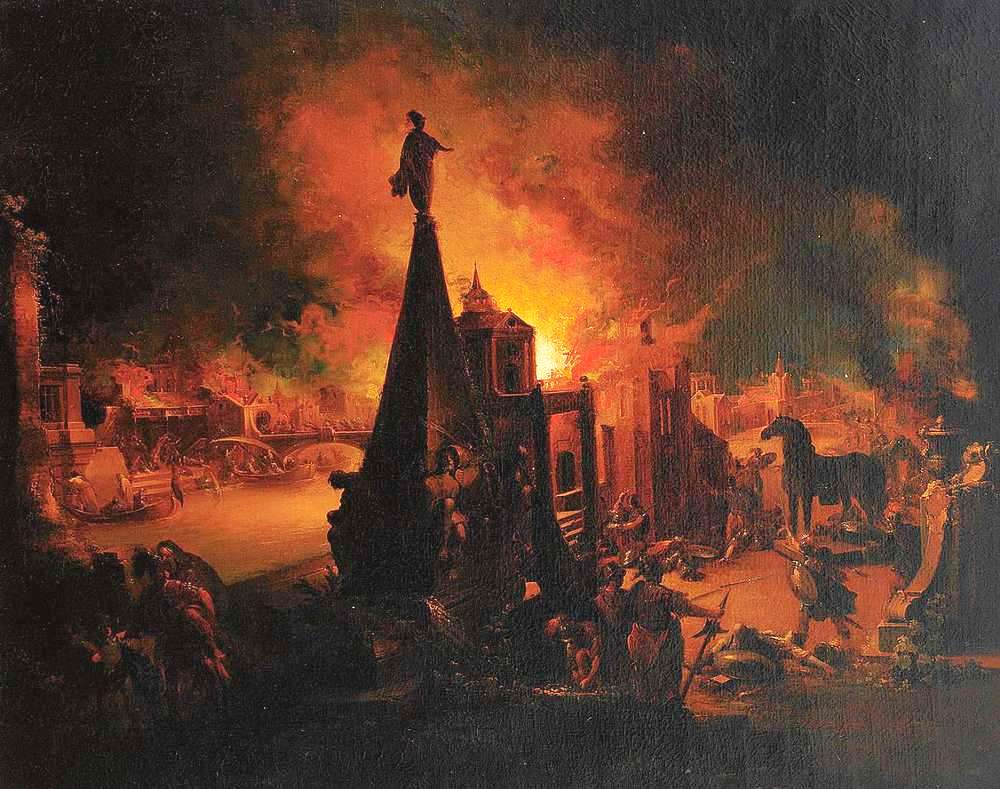
The city of Troy, a fortified citadel overlooking the Aegean Sea, was for centuries dismissed as a mere figment of Homeric imagination. It was a place where legendary heroes clashed, where Achilles’s wrath and Hector’s valor played out under the watchful eyes of the gods. But was there historical truth beneath the poetic verses?
In the late 19th century, Heinrich Schliemann, armed with The Iliad as his guide, excavated what he believed to be the ancient city of Troy. Unearthing fortifications, artifacts, and evidence of a civilization that once stood at the crossroads of Asia and Europe, Schliemann challenged the idea that Troy was merely a myth.
His discoveries underscore the profound idea that myths and histories are often intertwined. Today, as we tread the delicate line between myth and history, Troy stands as a testament to the idea that behind every legend might lie a kernel of truth, waiting to be unearthed.
The Ever-Present Power of Myths: How Ancient Myths Echo in Our Modern World
As we’ve journeyed through the ancient streets of Troy, navigated the treacherous seas alongside Odysseus, and felt the heartache of tragic lovers, it’s clear that these myths are not just stories from a bygone era; they are reflections of our shared human experience. These tales, embedded with profound truths, act as mirrors, capturing the essence of humanity’s dreams, dilemmas, and desires. Even in our rapidly advancing world, they remind us of the universal constants: love, ambition, conflict, and redemption.
The heart of these myths pulsates with the collective human spirit. They have endured, not merely as historical or literary curiosities, but as foundational narratives that shape cultures, influence arts, and provide moral compasses. Just as Orpheus’ lyre played melodies that bridged realms, ancient myths bridge the chasm between our past and present, grounding us in shared stories that transcend time and place.
In embracing these ancient myths, we don’t just revisit old stories; we reconnect with the threads that weave our shared human fabric. And as we listen, once again, to their calls, we realize that these myths, as old as time, still whisper wisdom, warning, and wonder directly into the heart of our contemporary world.
References
- Ovid. Metamorphoses. Translated by A.D. Melville, Oxford University Press, 2008.
- Sophocles. Oedipus Rex. Translated by David Grene, University of Chicago Press, 2010.
- Bhagavad Gita: A New Translation. Translated by Stephen Mitchell, Harmony Books, 2000.
- Homer. The Odyssey. Translated by Robert Fagles, Penguin Books, 1997.
- Wilkinson, Richard H. The Complete Gods and Goddesses of Ancient Egypt. Thames & Hudson, 2003.
- Wood, Michael. In Search of the Trojan War. University of California Press, 1998.

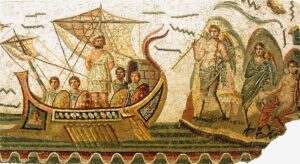
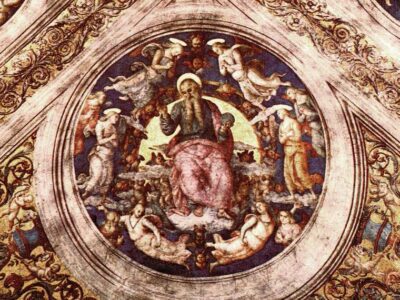
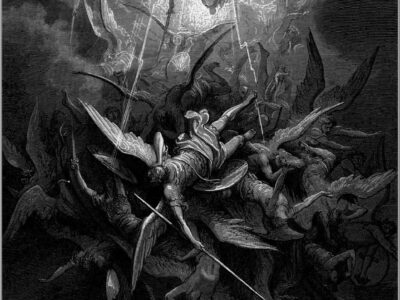
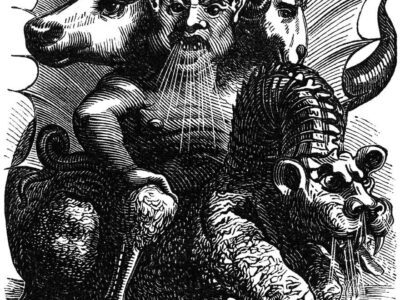
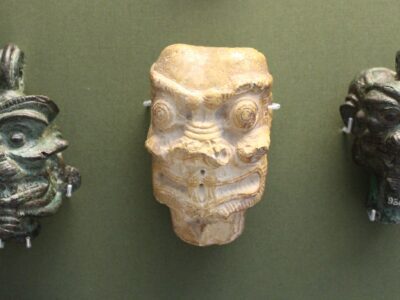
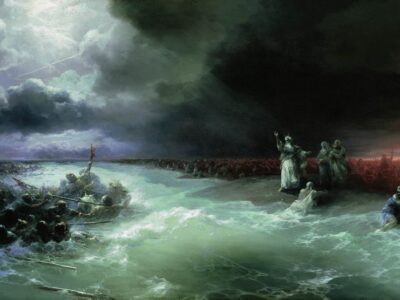
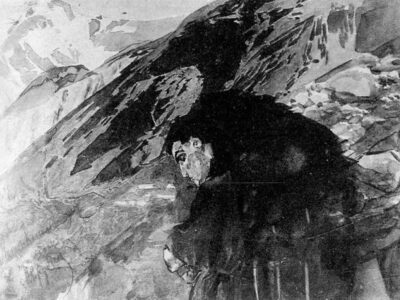
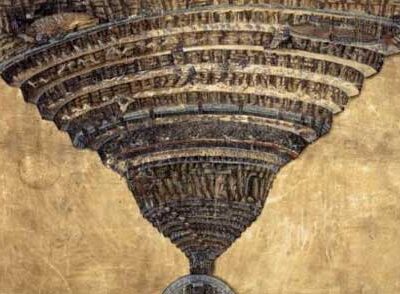
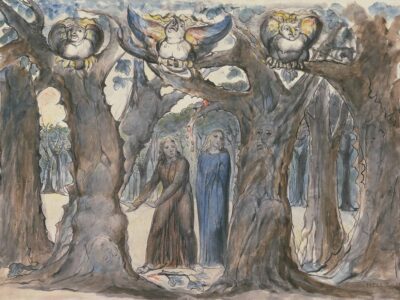
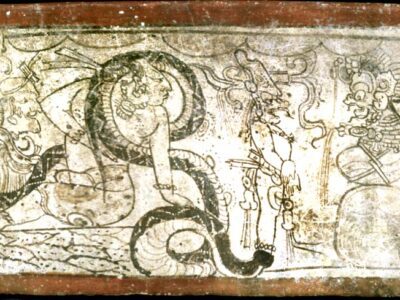
 Adramelech: Sun God of Sepharvaim and Demon of Hell
Adramelech: Sun God of Sepharvaim and Demon of Hell